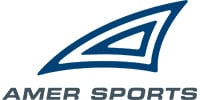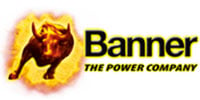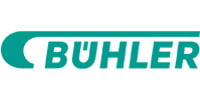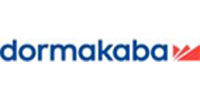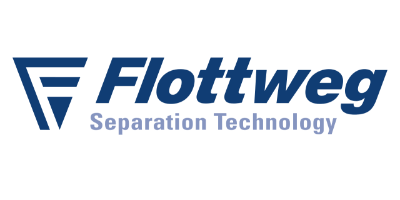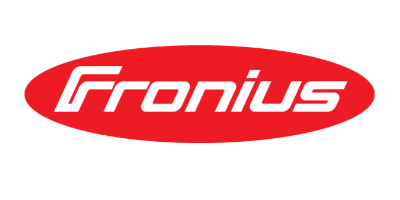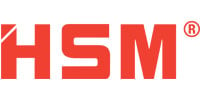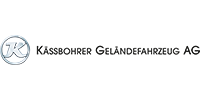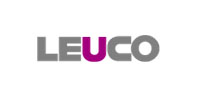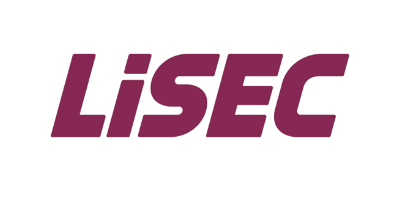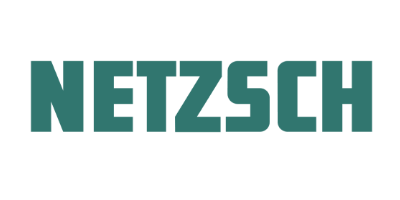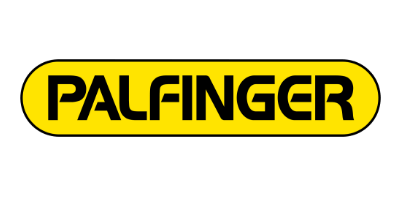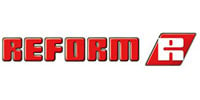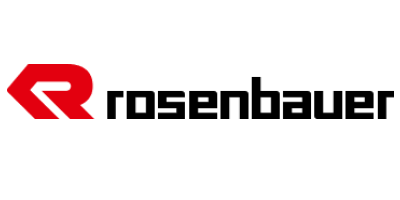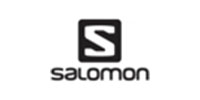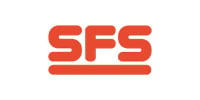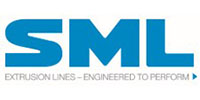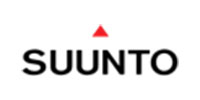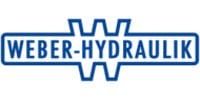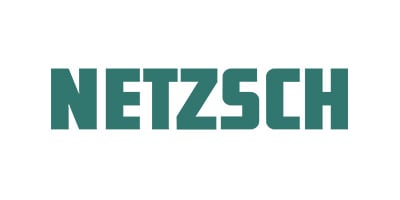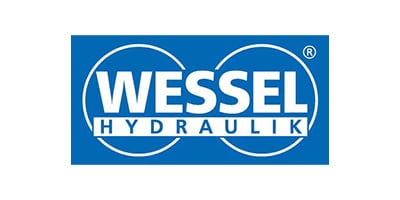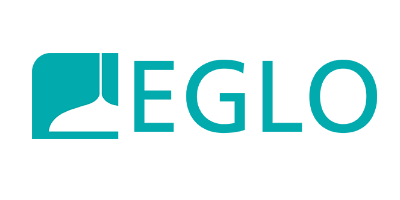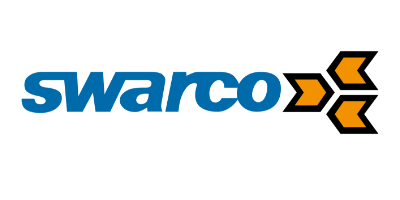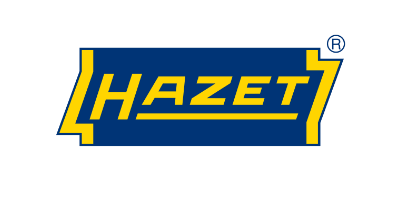
Palfinger
For years, Palfinger has been one of the leading manufacturers of innovative lifting solutions for the use with industrial vehicles and maritime applications. Palfinger is the world's market and technology leader for hydraulic loader cranes.
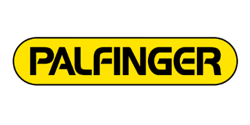
Annual turnover:
€ 1.500M group sales
Number of employees:
10.000 employees
"Our cranes lift bars, and clevercure raises the bar for global procurement."
Thomas Petran, Head of Global Supply Chain Management
How Palfinger Benefits from Faster Ordering Processes
They are a familiar picture in everyday technical life: the trucks at construction sites whose drivers are safely lowering heavy loads from the truck bed with the firmly mounted lifting crane by means of a remote control. Usually, the hydraulic loading cranes with their characteristic crane boom are painted red and display the manufacturer logo of Palfinger. Developed from a locksmith's shop almost 85 years ago in Schärding, the specialist for lifting solutions has become a world market leader with approximately 150 models and a market share of 35%.
A global weightlifting champion, Palfinger AG is long since a global player with subsidiaries in all important markets: along with the core market in Europe, they operate in China, Russia, the U.S., India, Brazil, and South Africa. Nowadays, the Palfinger systems are also at home on the seven seas, where they are used on board of transport ships or for oil and gas drilling.
Ambitious goals
To process its global business even more smoothly and efficiently, the publicly listed company decided to optimize its procurement processes by means of an electronic supplier integration already back in 2009. The desired SRM solution should have a lot to offer. For one thing, it should be capable of transferring forecasts, orders, and specifications to suppliers, without any media disruptions and therefore via an SRM Web platform. On the customer's side, it should be possible to import order confirmations, origin country declarations, and the respective dispatch notification directly into Palfinger's SAP system. The switch to vendor managed inventory, short VMI, had to go hand in hand with this.
A thick specification sheet
An ambitious goal, which demanded a lot from Thomas Petran as the head of global supply chain management at Palfinger and his team in particular. First of all, it was necessary to compile the requirements in a specification sheet, and to find the right partner and the right software. The search was completed in 2010 when they found curecomp and clevercure. The first tryout followed in September 2011: The implementation of clevercure at a Palfinger plant with three suppliers was so successful that Palfinger gave the go for the global implementation. The order of the roll-out focused first on further suppliers, then on additional plants, and last but not least on VMI. In 2013, the project team initiated the integration of the 100th supplier. In the following, SCM head Thomas Petran gives insight into the present and the future.
Where is purchasing at Palfinger at today?
Thomas Petran: At this point, we've integrated 15 Palfinger plants and 145 suppliers across 15 countries with clevercure. We also see the integration of suppliers as some kind of establishing a partnership. Today, 80% of our order items are a case for clevercure.
And what about the VMI?
In 2015, we launched an offensive according to the motto "restart!", which has since earned us a VMI ratio of 10%.
Have you achieved what you set out to do in 2010?
Yes. And not just in the big picture, but also in detail. Media disruptions are a thing of the past, the direct electronic transfer of our data to the supplier's ERP is fast and reliable. We're not only sending forecasts and orders, but also the related specifications and standards. We now receive the order confirmations of our suppliers directly to our SAP system, including origin country declarations and dispatch notifications. We were able to minimize the effort for processes and manual entries as desired. All standard orders are processed automatically. The procurement teams in the plants can now focus on the procurement tasks that really require their attention.
What did you benefit from most?
We've achieved great time savings in the operational management of supplier processes. In 2011, my team was responsible for one entire plant. Today, the same team oversees three plants. We've also managed to increase the quality – and significantly too! While we previously had frequent problems with delivery reliability, we now know well in advance whether delivery dates are confirmed bindingly. This is monitored by the solution. In critical cases, we now know several weeks in advance that we must come up with alternatives. 80% of the procurement runs automatically in the background via clevercure, and my team can focus on tasks where their expertise is really required.
How was the process so far?
We were faced with some unexpected challenges and – truth be told – also with resistance. The longer the project was going on, the more we became aware that this was a veritable change project and not just the implementation of software.
What were you faced with?
Several of our suppliers were already using SRM systems by other partners, in some cases no less than seven different ones. Large suppliers, and by that I mean whole groups, have their own customized systems. Therefore, they were not really pleased about our request at first. And I get it: change always means work, and since we humans are rational beings, we often shy away from unnecessary work. In addition, humans of the species Homo economicus shy away from the costs. And some suppliers even wanted to avoid the costs for an EDI interface to us.
How was the project received at Palfinger itself?
The focus of our internal IT is on SAP. Therefore, it wasn't easy to get the resources for our project. The colleagues in strategic purchasing focus on potential savings, of course, so they always had possible price increases at the back of their head when talking with the suppliers. VMI also had the colleagues in procurement logistics fear for their job.
How can you deal with such a situation?
In our case, permanent persuasion did the trick. We have addressed the topic at every opportunity and were always open and honest. You can only relieve people of fear and resistance by being transparent. We've created a strong positive incentive by including the project in target agreements.
Why have you chosen clevercure?
clevercure was the winner on points based on our specification sheet and also had the widest market presence and the greatest acceptance among the suppliers.
What's next?
Next, we'll implement the transport management module clerverspend.
06/2011
Start Einführung clevercure
09/2011
Start Bestellprozess
01/2012
Go Live in Slowenien
06/2012
Start VMI Prozess
01/2014
Go Live in Brasilien
10/2014
Go Live in Bulgarien und Frankreich
09/2016
Start Anfrageprozess
Do you have any questions? We'll show you the right path.
Get in touch with us now to find out how similar companies have significantly improved their purchasing processes.

